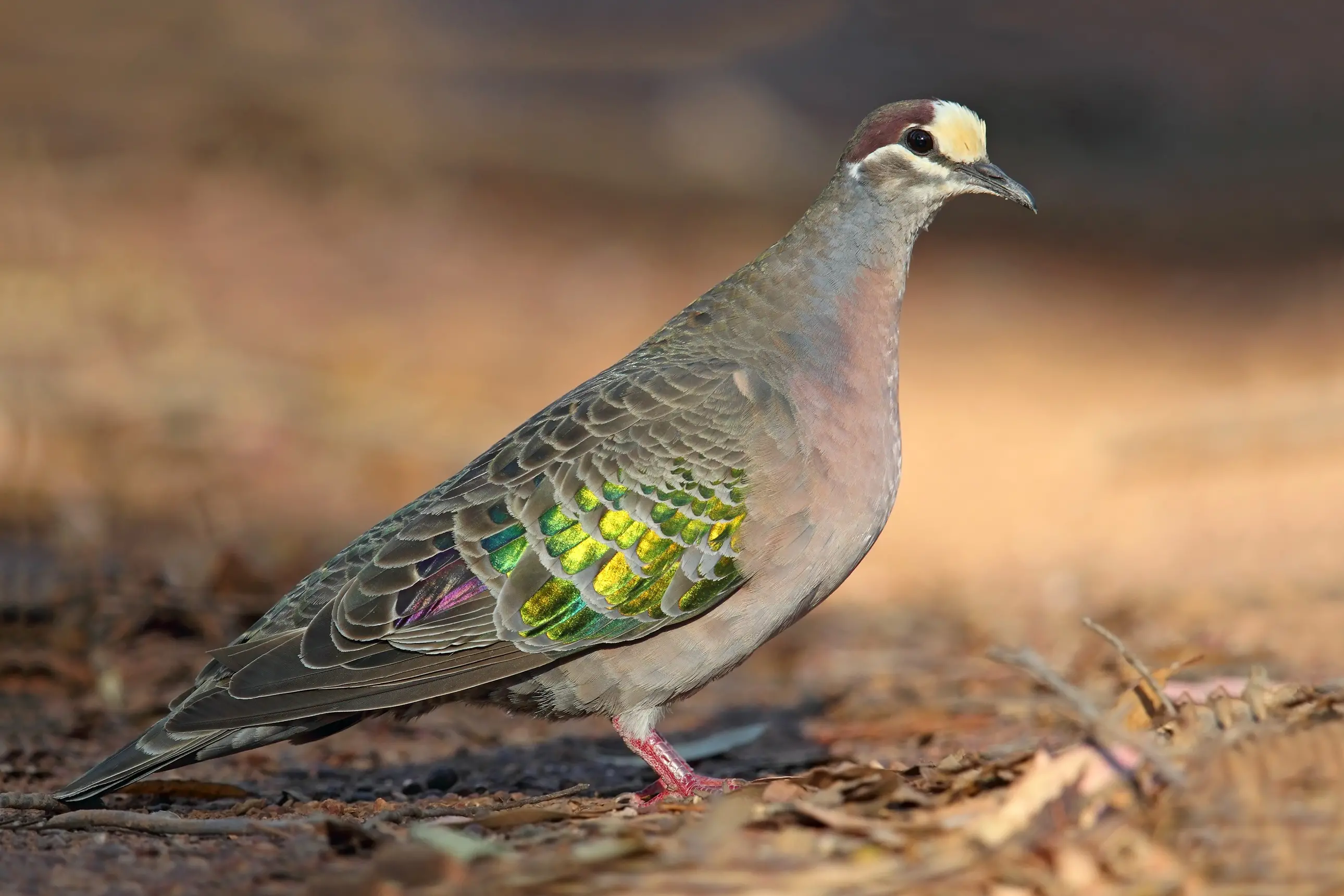PHOTO
When seen from a distance and without the aid of binoculars or fancy camera lenses, many of our native birds tend to look rather plain, appearing in shades of browns and greys that help them blend in with their surroundings.
Only when the subject is seen up close, or through good clear optical equipment, can one see the transformation of these otherwise plain and non-descript birds into delicately marked and exquisitely coloured masterpieces of nature.
One such example of this is the Common Bronzewing – a plump native pigeon that is largely powdery brown-grey, but their wings, especially in the adult male, are a magnificent blend of colours and patterns.
Though the name ‘bronzewing’ bears reference to this striking feature, the palette of colours extends well beyond just bronze, including an array of greens, golds and purples which shimmer in the light and change before your eyes.
Though so beautifully marked, the Common Bronzewing is seldom given the credit it deserves.
One reason for this is due to the bird’s behaviour.
They are often very wary and cautious rarely allows the observer a close approach and the chance to take in their full splendour.
If startled, they fly away with a clatter of their wings, keeping low to the ground while moving in a steady, direct manner.
Common Bronzewings are strictly seed-eaters, feeding on the ground on a variety of seeds especially native wattles and prostrate saltbushes.
They often spend time walking around under shrubs, picking fallen seeds from amongst the debris of leaves and seed pods.
They are never found far from water and because of their diet of dry seeds they regularly drink, especially during the early morning and late in the evening.
Locally, Common Bronzewings are normally seen alone, in pairs or in small flocks in or near native vegetation with a good wattle shrub layer.
They are relatively common in the Warby Ranges, the Killawarra forest, and forests around Chiltern and Beechworth.





